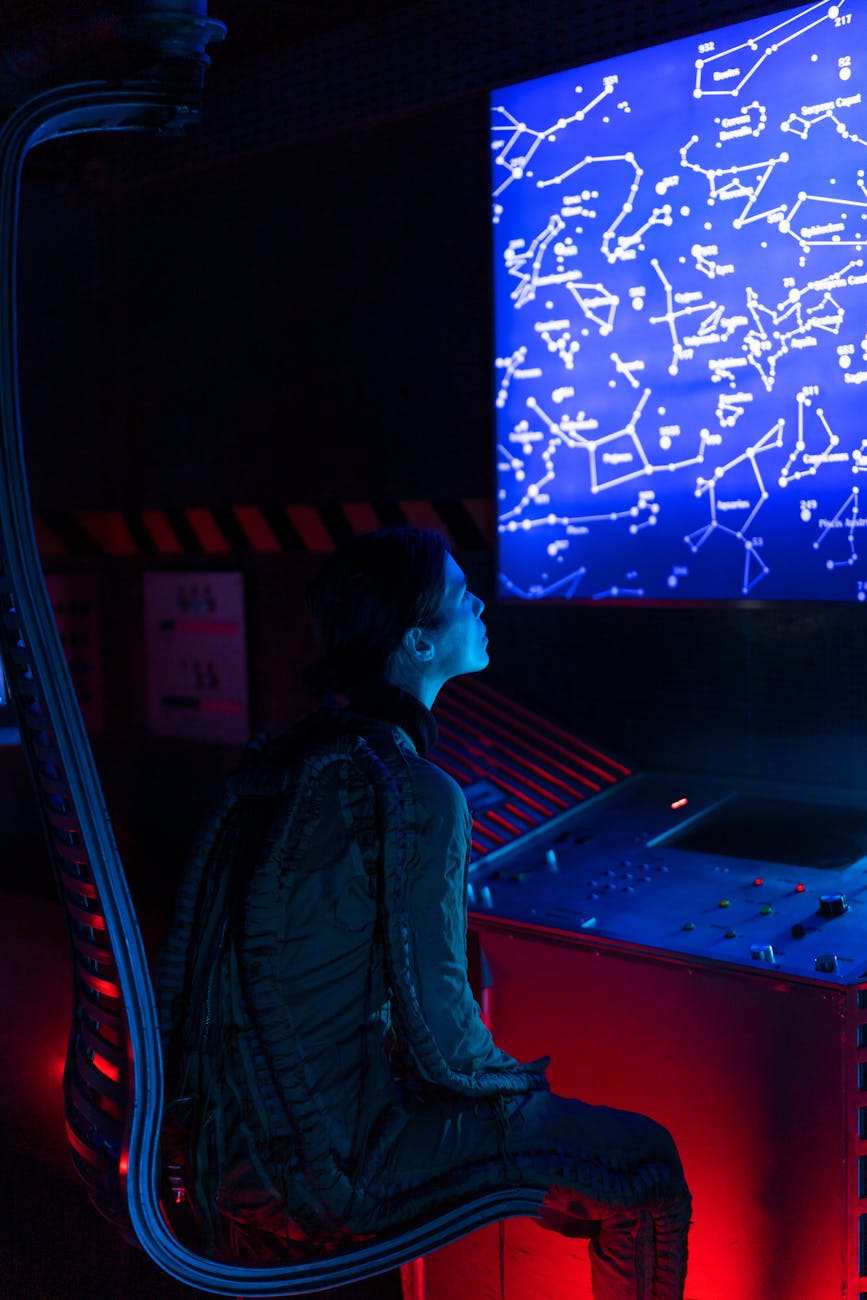Interstellar Navigation: AI Solutions for Deep Space Exploration

AI in Satellite Navigation
Deep space exploration poses unique challenges when it comes to navigation. Traditional methods rely on pre-programmed trajectories and constant communication with Earth. However, the vast distances involved in interstellar travel make real-time adjustments crucial. This is where artificial intelligence (AI) comes into play.
Utilizing Machine Learning Algorithms
AI-powered systems can analyze massive amounts of data from sensors, cameras, and other instruments onboard spacecraft to make split-second decisions. Machine learning algorithms can predict potential obstacles, calculate optimal routes, and even detect anomalies that human operators might miss.
Example: NASA's Autonomous Navigation System
NASA's Autonomous Navigation System, used on the Mars rovers, relies on AI to navigate the Martian terrain without direct human intervention. By analyzing images and telemetry data in real-time, the system can steer the rover away from hazards and towards scientifically interesting targets.
Challenges and Opportunities
While AI shows great promise in improving deep space navigation, there are still challenges to overcome. The lack of real-time data due to signal delays, the need for robust AI training models, and ensuring the system's reliability are just a few hurdles that researchers are tackling.
Tips for Implementing AI in Spacecraft Navigation
- Develop redundant systems to ensure navigation continuity.
- Regularly update AI algorithms based on new data and experiences.
- Simulate various scenarios to train AI models effectively.
